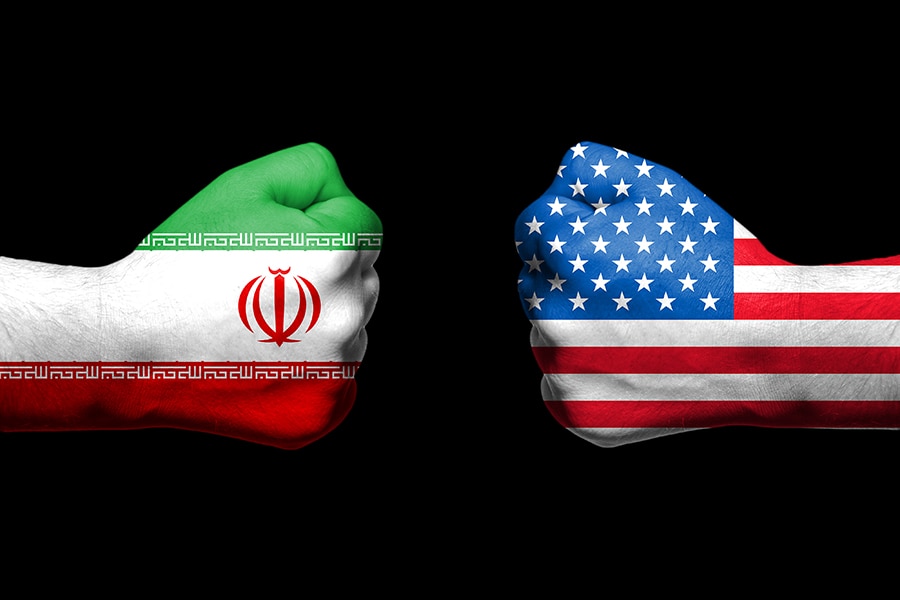Indian market valuations high as US-Iran conflict threat ebbs
With US-Iran tensions climbing down, markets depend on fund flows to maintain current levels


Image: Shutterstock
With the easing of US-Iran tensions, Indian markets dodged a bullet in the New Year. While there are no signs yet that the threat of a low intensity conflict is over, tensions have ebbed for the time being as both sides have toned down their rhetoric. Importantly, the impact on oil prices has been limited, with no supply disruptions reported. Global and Indian markets have, therefore, bounced back swiftly.Now, as the market waits for its next trigger—the Budget, a bottoming out of the economy, and a long-awaited earnings revival—its staying at present valuations depends as much on global fund flows as it does on the Indian investor, who has proved to be remarkably mature.
“From a fund flow situation for India’s stock markets, passive money is increasing through global and domestic investors while ignoring valuations completely,” says Nilesh Shah, managing director, Kotak Mahindra Asset Management Company. Funds into systematic investment plans (SIPs) stood at Rs 8,518 crore in December 2019, an all-time high. Foreign investors have bought Rs 21,000 crore of Indian equities since the corporate tax cut announcement last September. Since the announcement the Nifty has moved up 11 percent, pricing in the gains on account of lower taxes.
In the run-up to the Budget, a broad market wish list includes the abolition of dividend distribution tax, rationalisation of long-term capital gains, as well as a cut in personal income tax to boost consumption spending. For now it is unclear how much fiscal room the government has for these cuts (the corporate tax cut cost the government Rs 1.4 lakh crore) and there is no evidence that the market is pricing it in. Despite that, valuations remain at multi-year highs with the Nifty trading at 28.4 times earnings and the Midcap Index trading at 23.7 times.
Lastly, there’s sentiment that is slowly starting to turn from bearish to neutral, according to Shah. At 4.5 percent, growth, which slid to a 26-quarter low in the second quarter of FY20, is expected to bottom out. Initial signs point to investors pricing in a midcap outperformance with money moving to them. They are expected to do better than their larger counterparts in the medium term, which is usually a leading indicator of a market rally.
First Published: Jan 10, 2020, 17:43
Subscribe Now